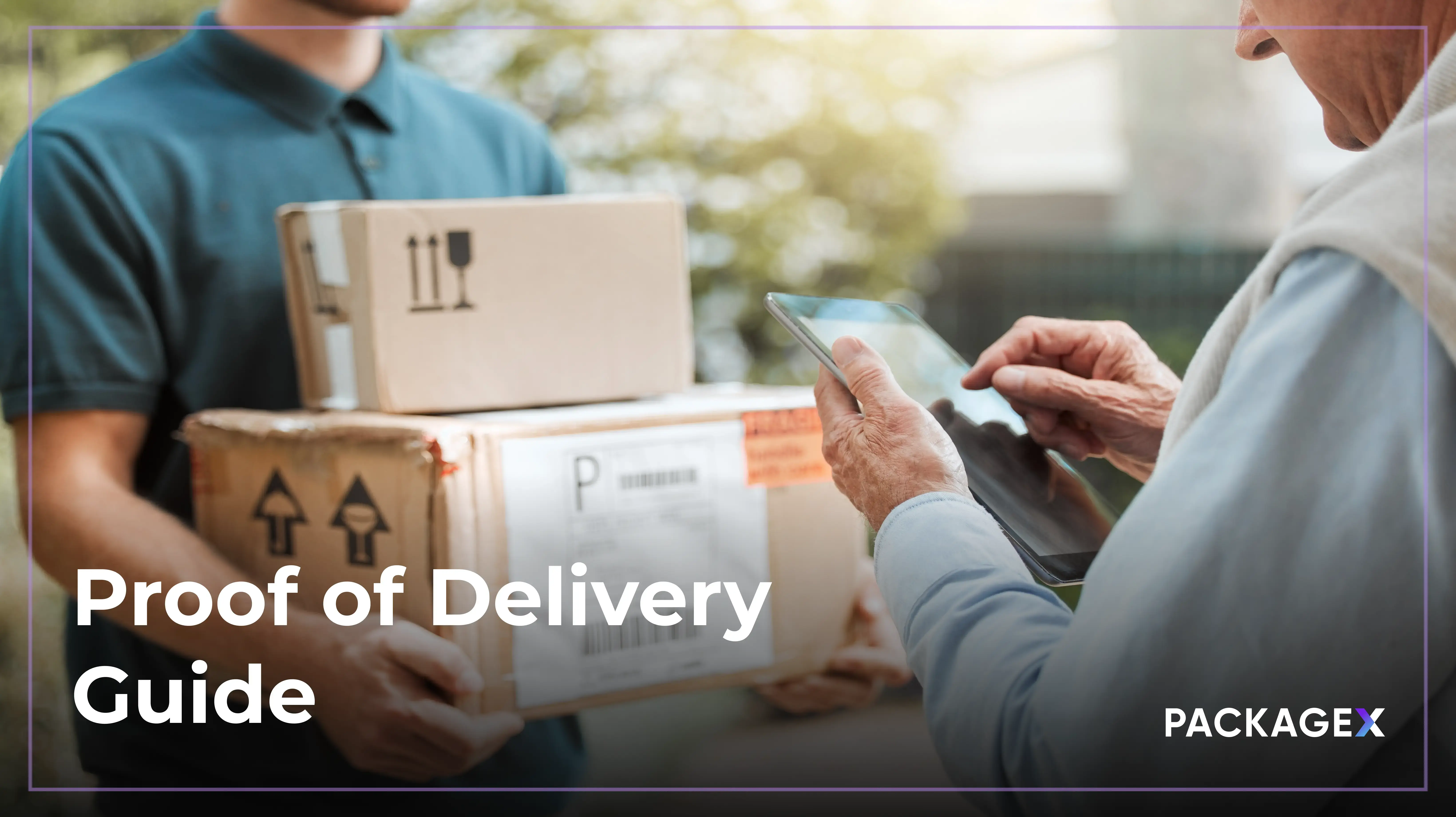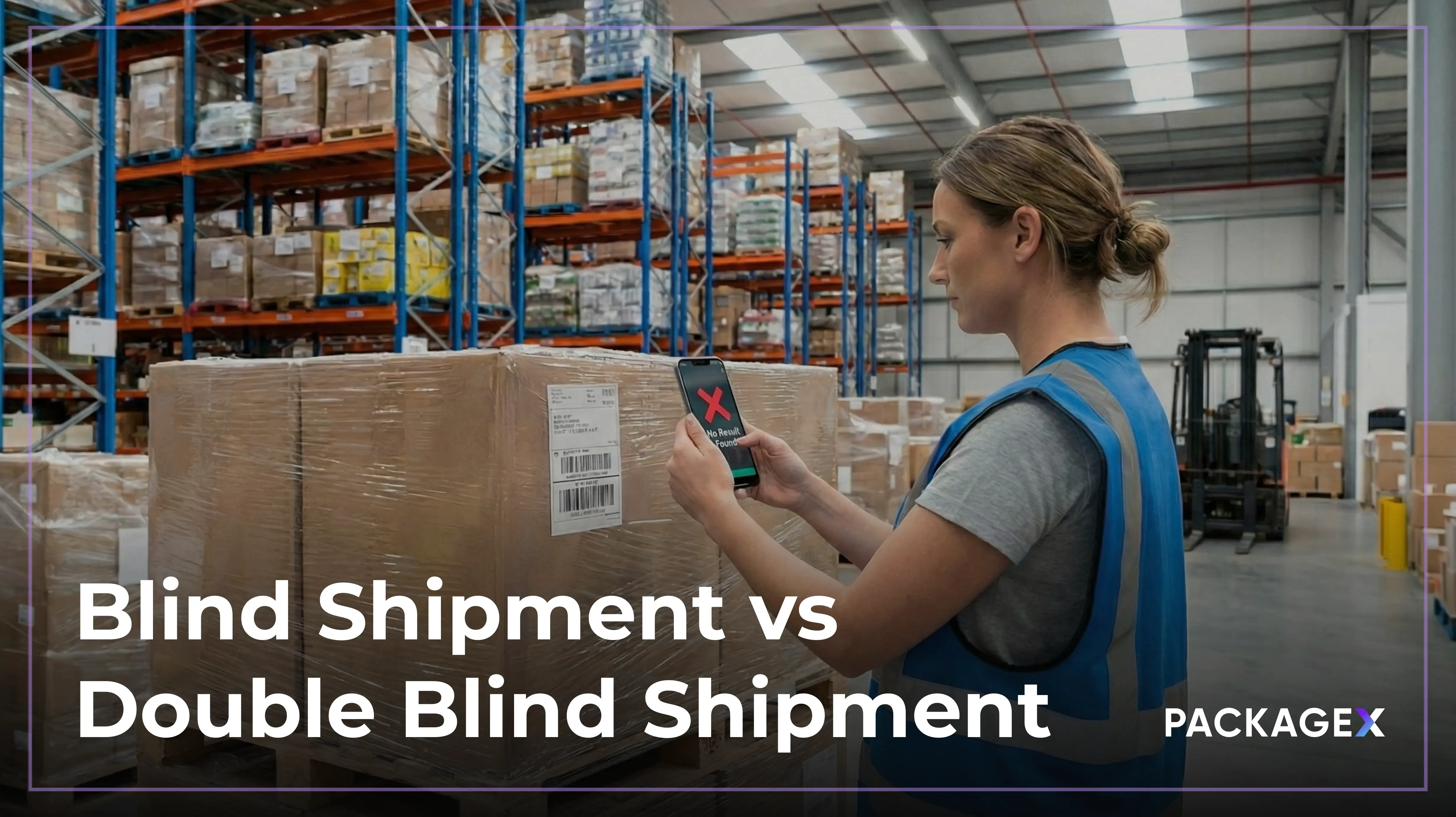In today's era, online shoppers are spoiled for choice. With the Internet, they can browse and buy from any company or store worldwide. Once they’re ready to make a purchase, they select from a range of shipping methods, from same-day delivery to those that could take up to 15 days. Offering customers a range of shipping options is necessary for ecommerce retailers who want to remain competitive.
Anyone who runs an ecommerce business knows that shipping costs significantly impact profit margins. Thanks to the trends set by large companies like Amazon, two-day delivery has become a standard expectation in online retail. But, not every shipping method needs to prioritize speed over profit.
For online businesses looking for an order fulfillment method that can lower their shipping costs and increase their profit margins, it is worthwhile to consider offering economy shipping.
Is economy shipping a cost-effective solution?
In the realm of delivery options, economy shipping stands out. It defies the norm of offering customers faster delivery times and prioritizes affordability over speed. Put simply, economy shipping is the most cost-effective way to deliver goods to customers.
Unlike express shipping, economy shipping uses less expensive modes of transportation like roads or waterways. While this increases shipping times, it lowers fuel costs and eliminates the need to send orders before the truck or shipping container reaches full capacity. This method, known as full truckload (FTL) shipping, also lets a company fulfill more orders with a single shipment, bringing down their shipping costs per order.
Though economy shipping is an attractive option when considering costs, it’s not suitable for every product type. Goods that are required urgently, like medical supplies, or those with a short shelf-life, like food products, should never be sent via economy shipping. The longer delivery times in this method mean the goods could deteriorate or be damaged before reaching the customer.
On the other hand, economy shipping is ideal for sending out bulky, durable packages that aren’t time-sensitive. Goods like furniture, home appliances, and artwork are prime examples of products that can survive the longer delivery timelines involved in economy shipping.
Businesses considering adopting economy shipping as a fulfillment method must ensure it is the right fit for their products. They should compare the benefits of using economy shipping over other shipping methods before deciding.
Economy shipping vs. other shipping methods: Which is better?
As established above, the defining characteristics of economy shipping are lower costs and longer timelines. These features set it apart from most other delivery methods used by ecommerce retailers.
There is also a marked difference between domestic and international shipments sent using economy shipping. Packages shipped within the country will typically be delivered within one to six days, whereas international packages might take at least a week to 15 days to reach the customer.
Here are the ways economy shipping differs from other popular order fulfillment methods:
Economy shipping vs. overnight/expedited shipping
Whether it entails same-day or overnight delivery, expedited shipping is the opposite of economy shipping. This method prioritizes speed above all else and utilizes air transportation, which is inevitably more costly than other modes of shipping.
While packages sent through economy shipping can take days to arrive, customers who opt for expedited shipping expect a wait time of 24 hours or less.
Economy shipping vs. standard shipping
Standard shipping refers to order fulfillment methods that usually take two to three days to reach the customer. When paired with a minimum order value (MOV), standard shipping is the most popular method when offering customers free shipping on their purchases. Compared to economy shipping, standard shipping methods are more agile and could use more modes of transportation.
However, there can be cases where unforeseen delays extend the timelines of standard shipping to four or five days. Considering how economy shipping methods can reach domestic destinations in under five days, there isn’t much difference in timeline compared to standard shipping.
The real differences arise when sending out international shipments, where economy shipping generally takes longer and costs much less.
Economy shipping vs. ground shipping
Ground shipping simply refers to sending packages exclusively by trains or trucks. This is the cheapest and slowest mode of transporting shipments, which makes it similar to economy shipping in many ways. In a domestic context, economy shipping and ground shipping are practically interchangeable. The key difference arises when sending international packages, where ground shipping is often simply not viable for transportation.
The pros and cons of economy shipping
Ecommerce businesses should consider both sides of the equation when deciding on whether economy shipping is a good fit for their needs. While the obvious trade-off is between lower costs and longer delivery times, other pros and cons are also involved with economy shipping.
The key advantages associated with economy shipping are:
- Affordable shipping solution: Economy shipping is the most cost-effective of all the order fulfillment methods. Even if a business has to send out large orders or international shipments to far-flung destinations, economy shipping will not cut too deeply into the profit margins.
- Comparable to standard shipping: For domestic orders, the timelines for economy shipping and standard shipping are fairly similar. When offering customers free shipping, it’s a much more pragmatic choice to use economy shipping instead of standard shipping methods.
- Perfect for bulky and heavy orders: Factors like the size and weight of a package contribute to shipping costs. The greater the package dimensions, the higher the shipping rates. Most of these large packages usually contain durable products that aren’t time-sensitive, so economy shipping is the cheapest way to deliver them compared to any other shipping method.
- Environmentally friendly: As more businesses become conscious of their environmental impact, economy shipping helps reduce their carbon footprint by using methods that consume less fuel and emit fewer carbon emissions.
While it seems convenient, some drawbacks are also associated with economy shipping. These are:
- Unsuitable for some products: Economy shipping is detrimental to businesses selling perishable, fragile, or time-sensitive goods. It’s always better to ensure customers receive their packages in prime condition, so economy shipping should not be used for this category of goods.
- Limited package tracking systems: Unlike expedited and standard shipping, economy shipping usually uses less-detailed tracking systems. Since it is a cheaper service, the buyer and seller both have access to less information, frequently limited to just the location of the package and its status. If tracking a package in real-time is required, consider alternative shipping methods.
{{returns-webinar}}
Economy shipping services offered by major carriers
Major carriers offer economy shipping services that can inspire businesses looking to reduce shipping costs. Here’s a list of some of the most popular major carrier economy shipping services for ecommerce sellers:
1. USPS Priority Domestic
For packages shipped within the U.S., the United States Postal Service (USPS) offers a convenient, low-cost shipping service. USPS Priority Domestic is a service where large packages weighing up to 70 pounds and 130 inches in length can be sent. With a starting price of just $7.70 and an estimated delivery time frame of one to three business days, this is a value-for-money service when shipping packages.
2. FedEx Ground
FedEx Ground is a convenient economy shipping service for small and large packages. With shipping rates starting at $9.25 for a three-pound package and going up to even 150 pounds, FedEx Ground can be relied upon to deliver packages within two to seven days.
3. UPS Ground
For economy shipping within a reasonable timeframe, businesses can opt for UPS Ground. Packages sent through this service have an upper weight limit of 150 pounds and cost $19.05 to send a three-pound package from New York City to Miami (a distance of over 1,000 miles!).
The timeframe of one to five days makes this a competitive and economical alternative to standard shipping.
4. DHL Economy Select
Shipping carrier DHL offers sellers access to international economy shipping via its service, DHL Economy Select. Businesses can expect packages to reach their customers within two to five days and will also have the ability to track the package using DHL tracking services.
Pass on the benefits of economy shipping to customers
Economy shipping helps ecommerce businesses save on fulfillment costs. In turn, they can share these benefits with their customers by offering competitive prices while maintaining their profit margins.
For ecommerce businesses that aren’t certain how to set up an economy shipping workflow by themselves, partnering with a third-party logistics (3PL) company is the best solution. 3PL companies like PackageX connect businesses to a network of carriers offering attractive, discounted rates. With PackageX as a partner, businesses can easily convert new customers by adding economy shipping to their offerings.




